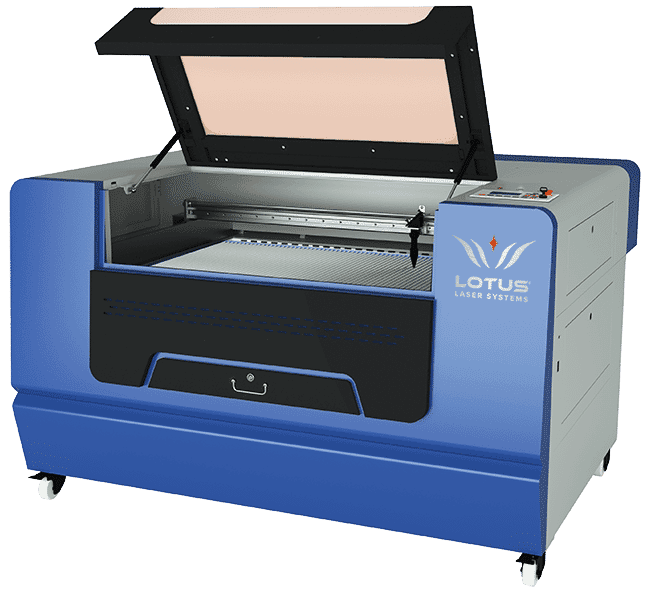7 conseils pour acheter une machine de gravure laser
1 .Focus on the core application: laser engraving or laser cutting
It is easy to be allured by how many other applications a machine can perform. A good all-rounder is a compromise machine in almost every aspect. Just because a machine can cut as well as engrave doesn’t mean it can do both functions very well. Machines designed for a specific purpose will always perform the core application better so it should be no surprise that a laser cutter will cut better than a laser engraver and vice versa.
2. Throughput (how many parts produced per hour) is almost always the key to commercial success.
Speed of production is of paramount importance even if right now your business volume is low. Higher throughput will deliver the opportunity to lower your sales price while simultaneously increasing your margin and you can deliver faster too. These three elements are the key to competitiveness, winning and growing your laser engraving business.
3. Consider carefully the true cost of ownership as this has a huge impact on profit erosion.
Nobody intends to buy a laser engraving machine to use for just a year and then throw it away. To most this is a long term investment but the majority of buyers focus primarily on the purchase price. The real cost of a machine should be judged by the cost of ownership over its entire working lifetime, which for a good machine will be approximately 10 years. Commonly, cheap machines cost far more to own by way of replacement parts, excessive maintenance and lower output quality/productivity. The best indicator for a high cost of ownership is a machine built with consumable components so be wary of sales hype such as ‘easy to change’ or ‘cheap to fix’.
4. Consider the technology first then consider the brand.
We often see whole workshops installed with rows of the same laser engraving machines where the buyer has made purchases based on ‘we always by brand X’. If a brand can supply the right machine for the job then brand loyalty certainly has many advantages, however, performance of the technology should be a bigger priority
If we all stuck to brand only purchases then we’d all be using Nokia or Motorola phones today. It’s often newer and sometimes smaller companies that deliver innovation simply because they have to in order to enter a market or even to survive so before you buy, take a good look at what else is available from the lower profile brands before you consider buying what you are used to. A look beyond page #1 of Google can save you a small fortune.
5. Buy from a well established, reputable supplier that has knowledge of applications as well as the kit they are selling.
You would expect most providers of machinery to understand the product they are selling but this should never be taken for granted. Before buying push the salesperson to test their knowledge of the product, how it functions and especially their knowledge of applications. Don’t settle for a preset demo that’s been tried/tested by the manufacturer
If the salesperson does not understand your application how can they recommend to you an appropriate system configuration? Remember that many sales people will try to sell you what they want to sell rather than what you should be buying. It is unfortunately all too common that we see companies using the wrong tool for the job because they were misinformed.
6. Look carefully at warranty and support guarantees
Despite the hype, especially on the Internet, the only guarantee that you can rely upon is that nothing lasts forever: all machines will fail at some point. The more successful you are then the harder your laser engraving machine will work and the more likely it is that it will suffer a fault. If you are fortunate enough to be successful there is never a good time to have a machine down
When a failure occurs you want to know how quickly it can be fixed and what the overall cost will be so look carefully at the small-print of system warranties and look even more carefully at the support resources of the supplier. If you can, talk to a support technician or two as well as the salesperson as these types of people often speak very differently about the same product.
7. Remember the core fundaments to a good system design is a careful balance of Functionality, Affordability, Reliability.
A system that is more functional is often by default less affordable and can actually be less reliable. A system that is more affordable is by default less functional and can also be less reliable. Logically, an average machine will be a happy medium of all of these things but an average machine will most likely deliver no more than average results
It’s therefore of vital importance to ‘buy right’ and choose a system that can deliver to the demands of today with a percentage of ability to cover some of the demands of tomorrow.
This consideration is not just about laser power, laser marking speed, etc but is also about software capabilities too. Today you may need to mark text and logo but tomorrow you may need to laser mark barcodes, for example.
Don’t buy a Ferrari if you have 3 kids to take to school and don’t buy a Nissan Micra if you want to race along the German Autobahn. If you need to do both then in this analogy you actually need two different machines. The same is often true for a good laser engraving workshop.


